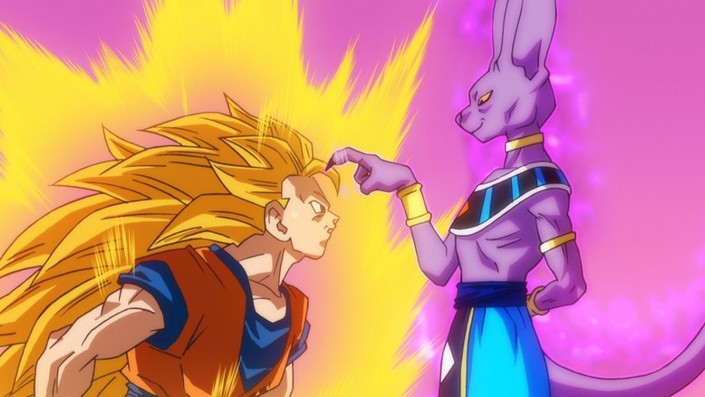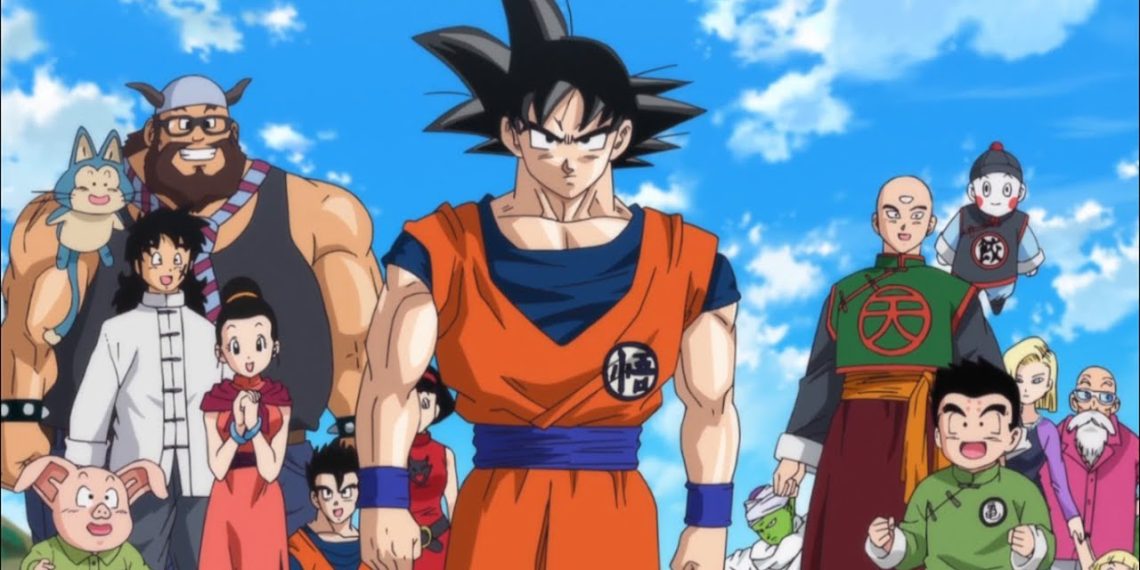For decades, Dragon Ball Z has remained a dominant force in anime, stunning fans with its explosive battles, beloved characters, and ever-expanding lore. With each new installment, the franchise continues to push boundaries, introducing new power levels and adversaries that keep audiences engaged. As Dragon Ball Super carried on the legacy in 2015, the excitement surrounding the series only intensified, paving the way for yet another cinematic chapter.
Following the massive success of Dragon Ball Z: Battle of Gods and Dragon Ball Z: Resurrection ‘F’, fans were eager for what would come next. The confirmation of a new movie for 2016 sparked a whirlwind of speculation. Would it serve as a grand finale to a trilogy, or open up a new narrative arc? With the introduction of gods, new transformations, and intergalactic rivalries, the stakes had never been higher.
Let’s explores the significance of the confirmed 2016 Dragon Ball Z movie and how it connects to the previous films. From analyzing the events of Battle of Gods and Resurrection ‘F’ to speculating on the franchise’s future, we look into what makes this series a timeless spectacle and what fans might expect next.
The Success of Dragon Ball Z: Battle of Gods
Released in 2013, Dragon Ball Z: Battle of Gods marked the return of the Dragon Ball franchise to the big screen after nearly 20 years. Directed by Masahiro Hosoda, this film introduced several new elements to the series, such as the God of Destruction Beerus, and explored the concept of Super Saiyan God. The film was met with overwhelming success, both critically and commercially. Fans were ecstatic to see Goku and Vegeta face off against an entirely new and powerful opponent.

One of the key elements that made Battle of Gods stand out was its exploration of Goku’s evolving power and his quest to become even stronger. It also set the stage for the introduction of new transformations, such as the Super Saiyan God and Super Saiyan Blue, which would later play pivotal roles in the series’ progression.
The film also featured notable side characters like Bulma, Gohan, Piccolo, and Trunks, who had important roles in both the plot and the comedy. This mix of action and humor delighted long-time fans and newer viewers alike, proving that Dragon Ball Z still had a lot to offer after all these years.
Dragon Ball Z: Resurrection ‘F’ — The Return of Frieza
Just two years after the success of Battle of Gods, Dragon Ball Z: Resurrection ‘F’ was released in 2015. Directed once again by Akira Toriyama, the film brought back one of the most iconic villains in the series—Frieza. In Resurrection ‘F’, Frieza is resurrected using the Dragon Balls and embarks on a quest for vengeance against the Z Fighters, leading to an intense battle between him and Goku. This time, however, Goku and Vegeta have reached new heights in their training, having mastered the Super Saiyan God transformation.
One of the most thrilling parts of the movie was the highly anticipated battle between Goku and Frieza, which pushed both fighters to their limits. Fans were particularly excited about the introduction of Goku’s new form—Super Saiyan Blue—this transformation was a combination of the powers of Super Saiyan God and Super Saiyan, making Goku even more powerful than ever before.
Resurrection ‘F’ was a massive success, grossing over $8 million in the United States alone. This success reaffirmed the franchise’s enduring appeal, and it was clear that the demand for more Dragon Ball Z content was stronger than ever.

The Idea of a Trilogy
The success of Battle of Gods and Resurrection ‘F’ set the stage for a potential trilogy. With two films in the bag, fans were curious about how these stories would connect and what the future held for Goku, Vegeta, and the rest of the Z Fighters.
The possibility of a trilogy is significant because it suggests that there is a larger narrative unfolding. Akira Toriyama, the creator of Dragon Ball, has always been known for his meticulous planning of story arcs. The way the characters evolve and the introduction of new transformations are usually signs that there is more to the story than what meets the eye. Fans speculated that the third movie in the trilogy would likely conclude the current story arc, but what would that arc look like?
Given the introduction of Beerus and the power dynamics introduced in the previous films, there was much anticipation for the next movie in the series. Would it further explore the gods of destruction and the world of the multiverse? Would new enemies emerge? Would there be a definitive resolution to the rivalry between Goku and Vegeta, or perhaps a new enemy stronger than anything fans had seen before?
What to Expect from the 2016 Movie
With the official confirmation of a 2016 movie, fans were eager to know more. Speculation was rampant, with some wondering if it would directly continue from the events of Resurrection ‘F’, or if it would set the stage for a new saga.
One of the key aspects of the 2016 movie was the possibility of new characters. If the trilogy theory holds true, the third installment could introduce new allies or enemies. Could this movie be the one where Goku faces off against the ultimate opponent, a threat greater than any villain in previous films?

The direction of the movie was likely to take into account the growing interest in the Dragon Ball Super series, which had begun airing in Japan around the same time. With Dragon Ball Super introducing new gods, new universes, and fresh storylines, the 2016 movie might tie in with the events from the series, or potentially set up new content for it.
As anticipation for the 2016 film continued to grow, Dragon Ball Z’s legacy remained as strong as ever. The success of its recent films and the ongoing popularity of Dragon Ball Super proved that the franchise had no signs of slowing down. Interestingly, Dragon Ball Z: Resurrection ‘F’ became the first Japanese film to receive a wide IMAX 3D release, cementing its place in history as a truly global phenomenon.
[Updated: 03/30/2025]





